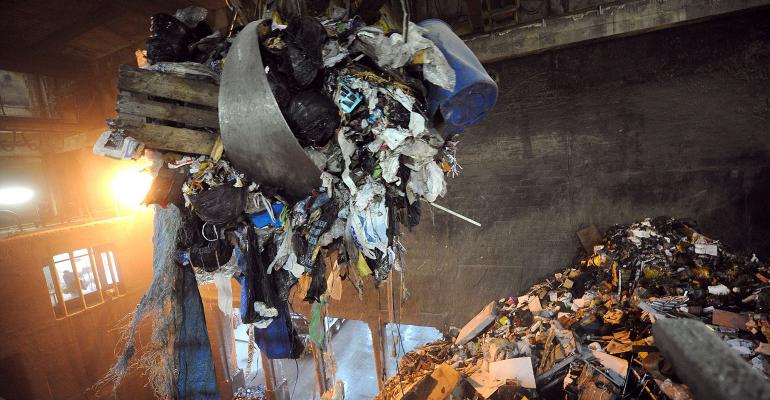Municipal bond investors enjoyed a good 2019. The overall market was up about 7.5%, with a favorable growth trendline. Strong performance during the past handful of years has many competitors now talking about upping the quality of their municipal bond holdings, meaning moving from lower to higher quality.
Reaching for higher-quality securities within the safe haven municipal bond market might be just too expensive.
There is value to be found in the lower end of the investment-grade spectrum (A and BBB), yet it requires experienced active asset management. Investors can keep an opportunistic eye on securities rated below investment grade too, if they can access the analytical resources necessary to identify value.
Be mindful that more than a handful of projects with questionable fundamentals were financed with municipal debt during the past few years. One had an unscheduled draw on the debt service reserve account recently: CalAg, which strove to be the world’s first commercial-scale producer of rice straw-based medium-density fiberboard recycled building materials. Other loans are circling the drain.
Waste-to-energy or waste-to-anything companies tend to be good social projects, but they tend to offer poor economics—and will until consumers are willing to pay premiums for the end product. We advise care with high yield, because while there is opportunity, there are larger potential pitfalls.
Aside from idiosyncratic risks attached to below investment grade, municipal fixed income offers a haven of lower risk, lower return volatility, and considerable tax advantages relative to most of the U.S. and global financial markets.
There are other issues of concern, of course. Changes in municipal bond rating agency methodologies are becoming more prevalent. There is almost a fear factor finding its way into credit ratings. It was not that way in the past and likely will continue for the foreseeable future.
Investors can take positions in favor of credit rating changes or opposed to them. It always is a good idea to be aware of ratings, yet it is more important to be able to look through them. The best investments surface by discerning value where others disagree.
We also look to educate investors away from thinking about sectors, but rather to focus broadly on bond types. Revenue versus general obligation bonds provide examples.
A complex and important discussion filtering through the public finance pipeline stems from Puerto Rico and related litigation. Precedents from initial Title III court decisions are talked about as potential negatives for revenue bonds, yet Chapter 9, the section of the U.S. bankruptcy code covering municipal cases, historically supported a more positive outcome for this bond type. This new debate will change some investors’ perception of risk.
Our view is wider credit spreads for sound credit will make for better value in revenue bonds, especially those unlikely to be ensnared in potential bankruptcy.
The municipal market remains largely heterogeneous despite important macro factors such as high-profile credit challenges and reranking of potential default risks. These types of risks are not acting as catalysts for concern in the broader market. That is good news, and the marketplace will likely continue to react that way.
Investors need not march to the highest-quality securities, which are often among the most expensive, if they can conduct proper credit surveillance. Revenue bonds represent enhanced opportunity: There are more of them, offering good value.
Robert E. Amodeo is the head of municipals at Western Asset Management, a subsidiary of Legg Mason. His opinions are not meant to be viewed as investment advice or a solicitation for investment.





